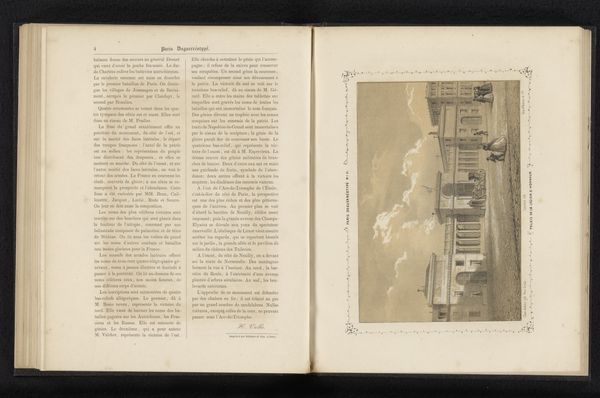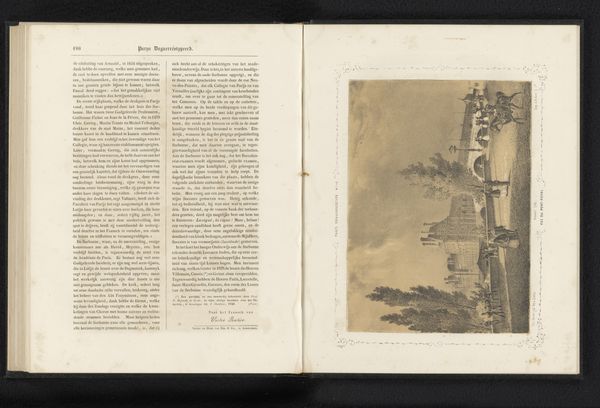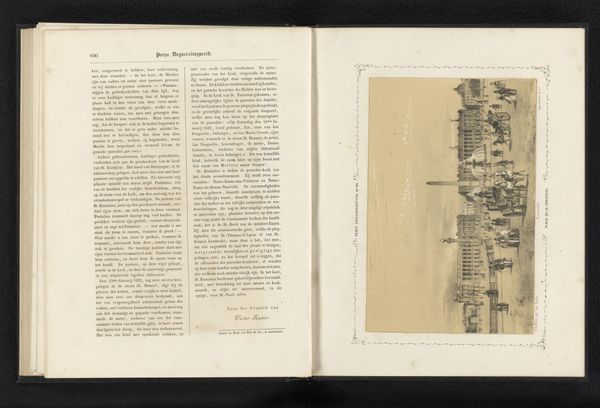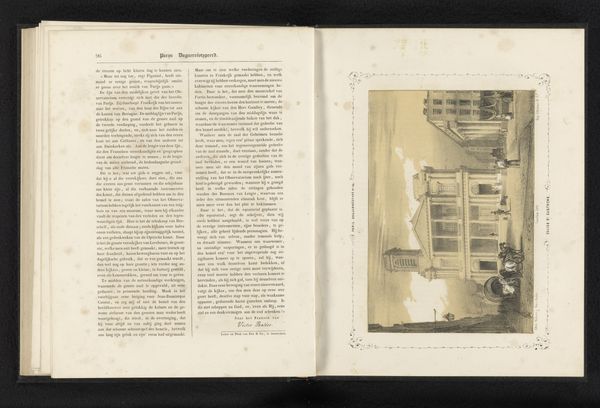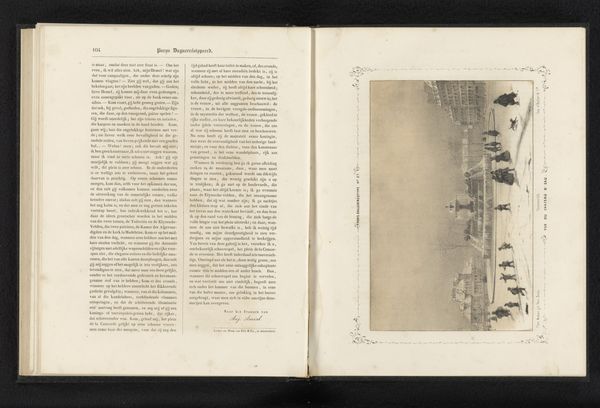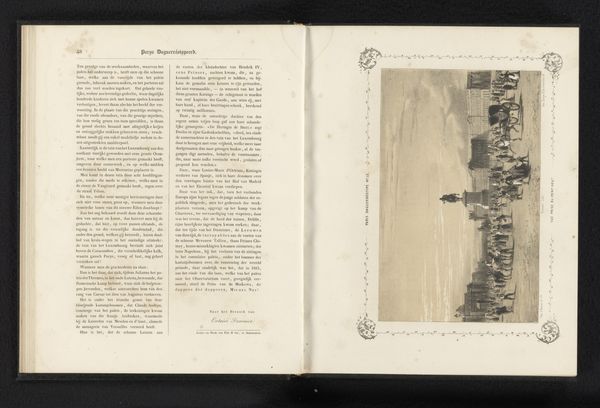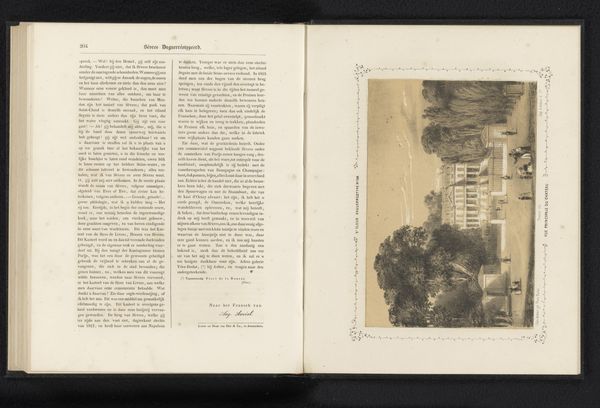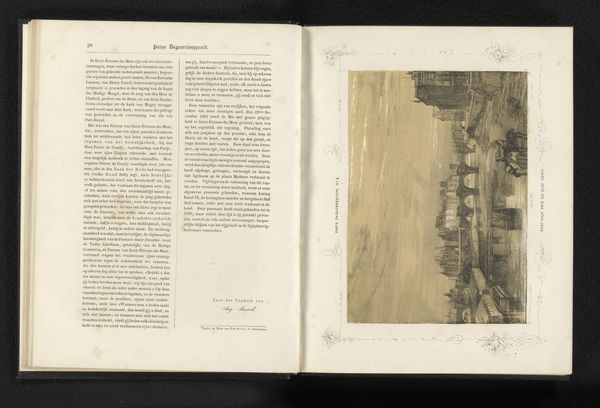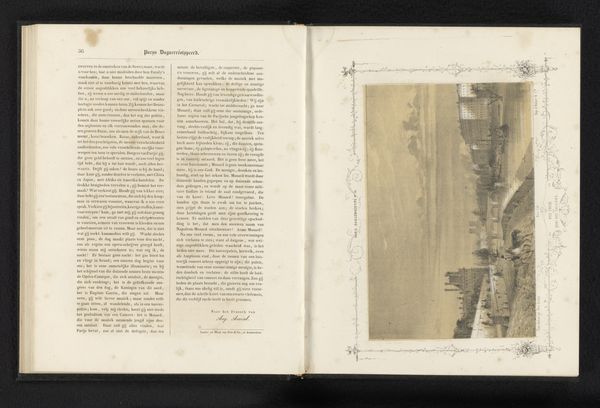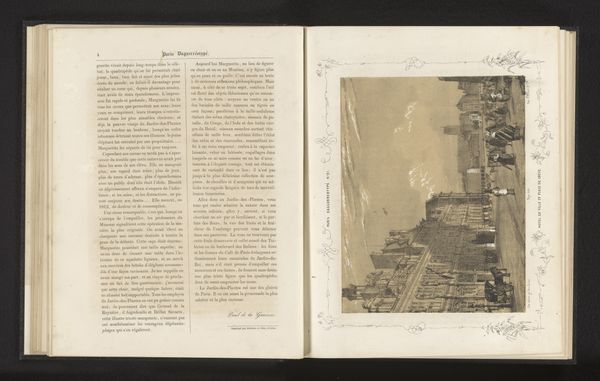
print, paper, engraving
# print
#
paper
#
romanticism
#
cityscape
#
engraving
Dimensions: height 210 mm, width 260 mm
Copyright: Rijks Museum: Open Domain
This view of the Notre-Dame in Paris, by Jean-Baptiste Arnout, is an engraving, a printmaking process involving meticulous carving into a metal plate. This was a very different mode of image-making than painting; it allowed for the relatively easy reproduction of images and their wide circulation. The work’s appearance is defined by the linear quality of the engraved lines, which create tone and texture through their density and direction. It was made by skilled artisans, who transferred their craft into a mode of production that supported an expanding publishing industry. Such prints played a crucial role in shaping public perception, especially of iconic monuments like Notre-Dame, and had considerable social significance in disseminating knowledge. The labor-intensive process, while rooted in traditional craft, became intertwined with early forms of mass production and consumption, making art accessible to wider audiences and contributing to the rise of visual culture. Recognizing the role of materials, making, and context challenges traditional distinctions between fine art and craft, and helps to expand the historical understanding of the artwork.
Comments
No comments
Be the first to comment and join the conversation on the ultimate creative platform.
